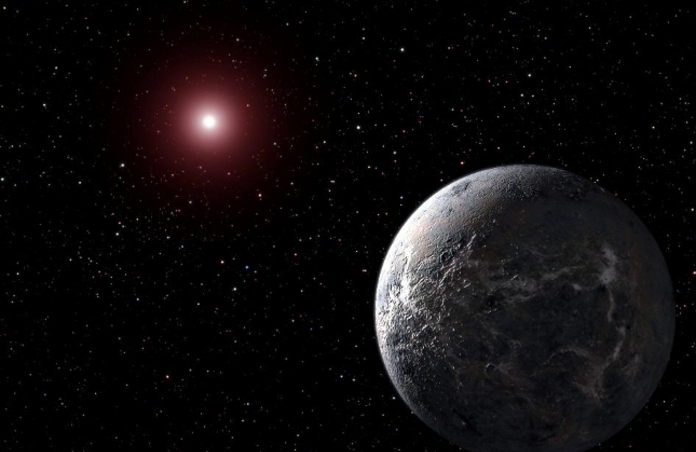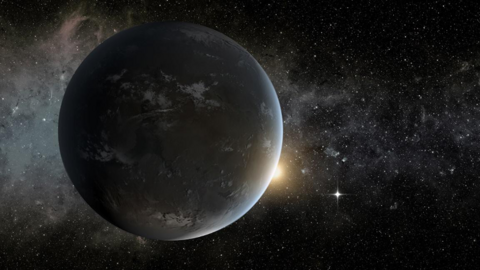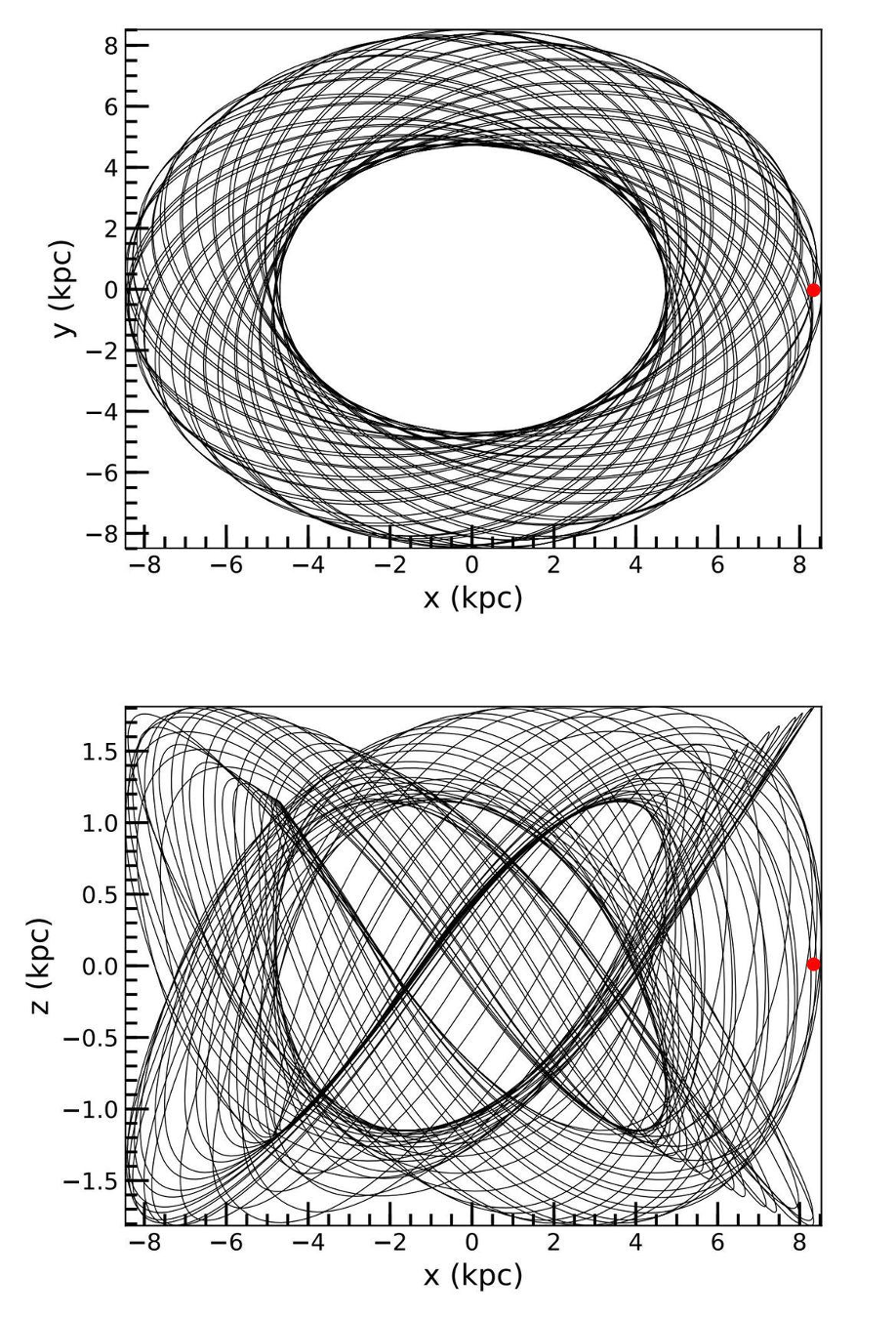TESS Discovers Exoplanet Orbiting Outside the Galactic Plane

NASA’s Transiting Exoplanet Survey Satellite (TESS) just discovered a new exoplanet with a star that follows an unusual orbiting path around the Milky Way—it orbits both above and below the galactic plane. To put that into perspective, the Milky Way is a spiral galaxy that looks like a giant disk. Most stars within the Milky Way orbit within the plane of this disk, including our own Sun. LHS 1815, however, orbits up and around the disk, something scientists have never seen before. This uniquely orbiting star also brings an Earth-like exoplanet along for the ride, known as LHS 1815b.
LHS 1815b
LHS 1815 is a dim red dwarf star (emitting only 4% of the light from our Sun) located in the Pictor constellation, about 97 light-years from Earth. As its name suggests, TESS studies distant star systems in search of nearby exoplanets. By watching brightness fluctuations from the star, TESS was able to determine that an exoplanet was orbiting around it.

This new exoplanet, called LHS 1815b, similar to Earth, though it does have some differences. It is a rocky planet just slightly larger than Earth in size but is nearly 30% denser. It orbits its star at an extremely close distance—compared to an Earth year, a year on LHS 1815b only lasts about four days.
Bizarre Orbit
As previously mentioned, the Milky Way is a large spiral galaxy that looks very much like a flat disk. The Milky Way has a thin inner disk, which contains most of the stars, and a thick outer disk, which is much sparser but contains ancient stars (up to 10 billion years old). Stars located within the thick disk, which is where LHS 1815 resides, tend to stray further "above" and "below" the galactic plane.

However, most of the orbiting stars in the thick disk leave the plane only slightly. LHS 1815, though, orbits nearly 6,000 light-years both above and below the galactic plane. So far, researchers have never before seen a star that strays so far away!
Milky Way Origins
The discovery of LHS 1815 and its exoplanet is quite valuable to our understanding of how our galaxy formed. The thick disk of the Milky Way contains stars and planets that are far older than ones in the thin disk. Research suggests that the thick disk formed from collisions with other galaxies billions of years ago. So, it's possible that many of those systems originated from different galaxies in the cosmos. This means that LHS 1815 could have come from an entirely different galaxy!